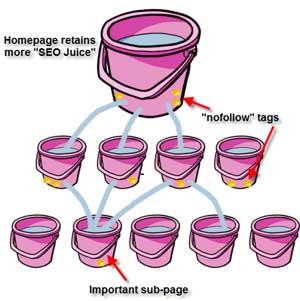A reason for slow WordPress page loading and a sneaky visitor tracking problem if using the JetPack plugin.
As a professional web site designer I use WordPress for a lot of client’s websites. I know a lot of people have their own, club or business websites and I thought I should highlight a couple of potential problems with using the WordPress CMS (Content Management System).
- If your site loads slowly then try this to.speed it up.
Remove any plugin or menu that links to Social Media such as Facebook, Twitter etc.Â
My website was loading very slowly, as was one I am preparing for a client. I did some research and found that the social media connections were responsible, preventing the page loading until they had made connection to each of their servers. This was causing the site to take 10-15 seconds to show the first page on a new connection to the site. Subsequent moves within the site were quicker but were still taking a significant time. I removed al the social media plugins or menus that may be part of the theme and the speed of loading improved immediately.
 - If site security and visitor confidentiality are of importance to you, remove the  JetPack plugin. I discovered JetPack was redirecting all photos on my site via its own proxy servers, changing the URLs to the images to point to their servers. You may think that is good because your image is via their proxy server but it slows your site loading and allowed JetPack to track the IP address of all visitors to your site and the pages they visit without setting a cookie, thus negating any attempts a visitor may make to use the ‘private viewing’ settings on modern browsers. It also meant that if you used the URL of an image on a JetPack ‘infected’ site to post that image on a site such as a forum you have then ‘infected’ that site as well!  Very sneaky in my opinion and not, as far as I am aware, explained in their terms and conditions of use. JetPack can then track the IP address across sites and lets them build up a profile of your visitors that they can sell. As one of my clients GDPR statement says that they don’t sell or transfer any user data to third parties then, in my opinion, the use of JetPack was negating that statement.
- If you find that you cannot suddenly enter your admin panel – use FTP to remane and disable the ip-geo-block plugin in the /wp-contents/plugins/ directory. it may be incorrectly identifying your country and banning you!
Unless you or your client’s website absolutely need JetPack, social media links or IP Geo blocking protection then remove them. This is also good advice for every unused plugin or theme on your WordPress site, get rid of them. The fewer there are, the fewer to be possibly compromised by hacks and the faster your site can load.
So there you are, a few of my tips to speed up, secure and access your WordPress website.





